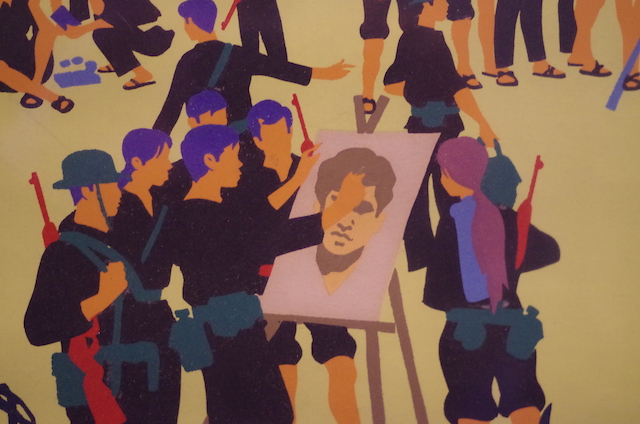Burning rivers, blood-soaked seal fur, birds coated in oil and now beachside amusement parks standing forlornly in the surf: the environmental movement has long had a gift for distilling complex problems into memorable images. The traditional Left, by contrast, has struggled to find those proverbial pictures worth a thousand words to communicate its most crucial arguments. Careworn faces just don’t have the visceral appeal that they once did. Decades of right-wing propaganda saw to that, reducing the poor to the stereotypes of the “welfare mother” and the substance abuser, conflating those out of work with those too lazy or selfish to do so.
Among the most impressive achievements of Occupy Wall Street and its many offshoots worldwide was the revitalization of the leftist imaginary. All those photos and video clips of ordinary-looking people holding up handwritten signs made an impact that professional advertising campaigns could not. But an approach that depends on freshness and the element of surprise is unlikely to have a long shelf life. This is why the Left is confronted, again, by the question of self-promotion.
The photograph accompanying this text, another in the series of “Left Youth” stickers that Souciant will be showcasing — you can see the first one here — suggests one possible strategy. By repurposing the iconic photograph of a pelican victimized by an oil spill as a metaphor for human suffering, it takes advantage of our tendency to feel greater sympathy for the innocent creatures who cannot be held responsible for their fate than the people who at least had a chance to free themselves from economic disaster. The text accompanying the photograph reinforces this point: “When things are going well for the economy, are they going well for everyone?”
This approach is not without risks, however. Ever since the Greens emerged as a political force in Germany, the traditional Left has wanted to claim them as an ally. Election after election, talk of “Red-Green” coalitions has circulated widely. The truth, though, is that, while the Green Party may have more in common with the Social Democratic Party and the Left Party than it does with the Christian Democratic Party, its short-term goals are frequently at odds with those of the “Reds.”
Those young people who have complained about attempts to co-opt the environmental movement for partisan politics, the sort for whom even Green Party leaders seem like sell-outs, may take special umbrage at this sticker, which is so blatant in its instrumentalization of ecological disaster. Still, the potential benefits to the Left Party’s youth wing outweigh the dangers, because getting people to stop and think about its implicit analogy — “How am I like this pelican?” — can affect political consciousness on a long-term basis.
Commentary and translation from the German by Charlie Bertsch. Photographed in Berlin by Joel Schalit.





